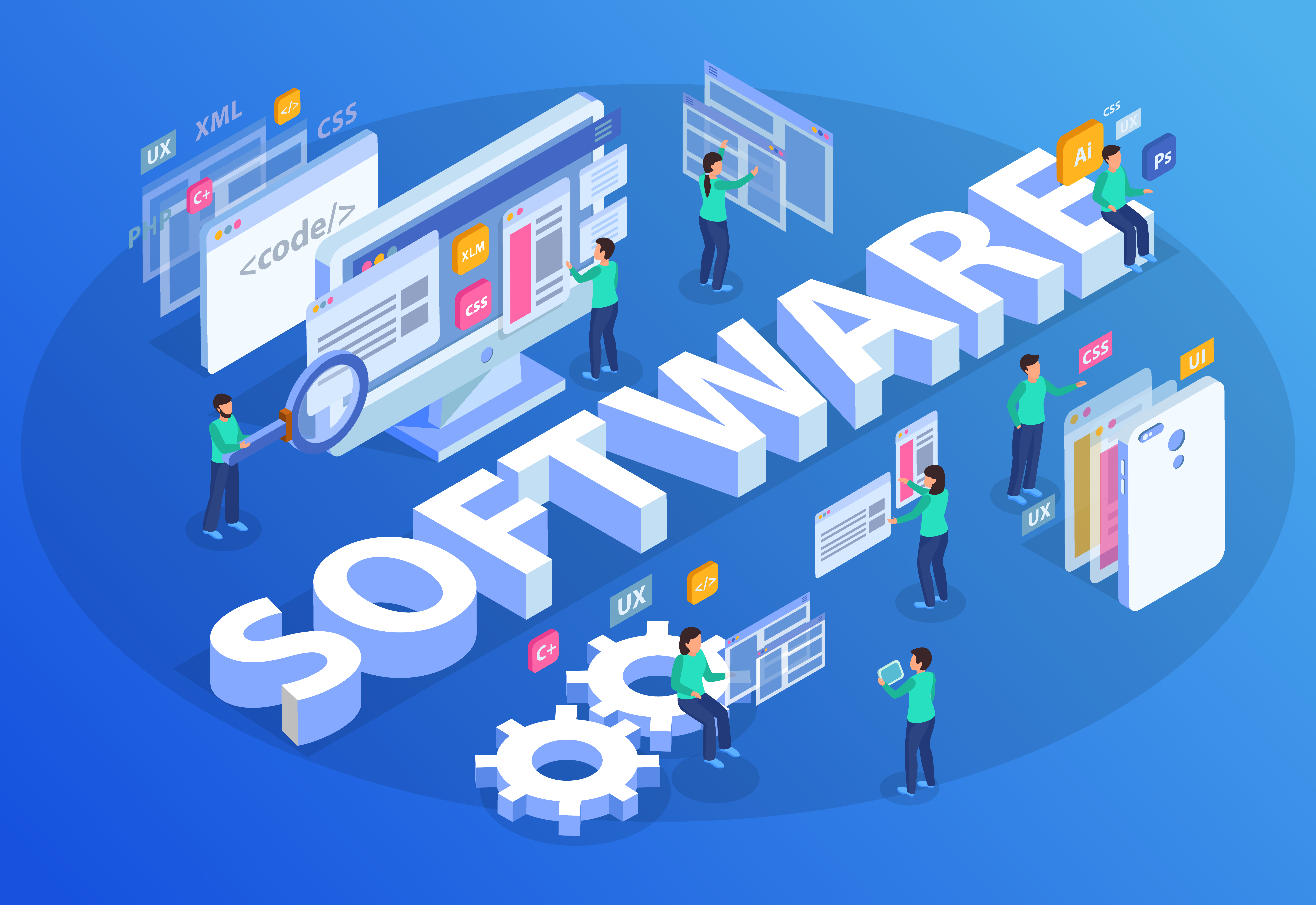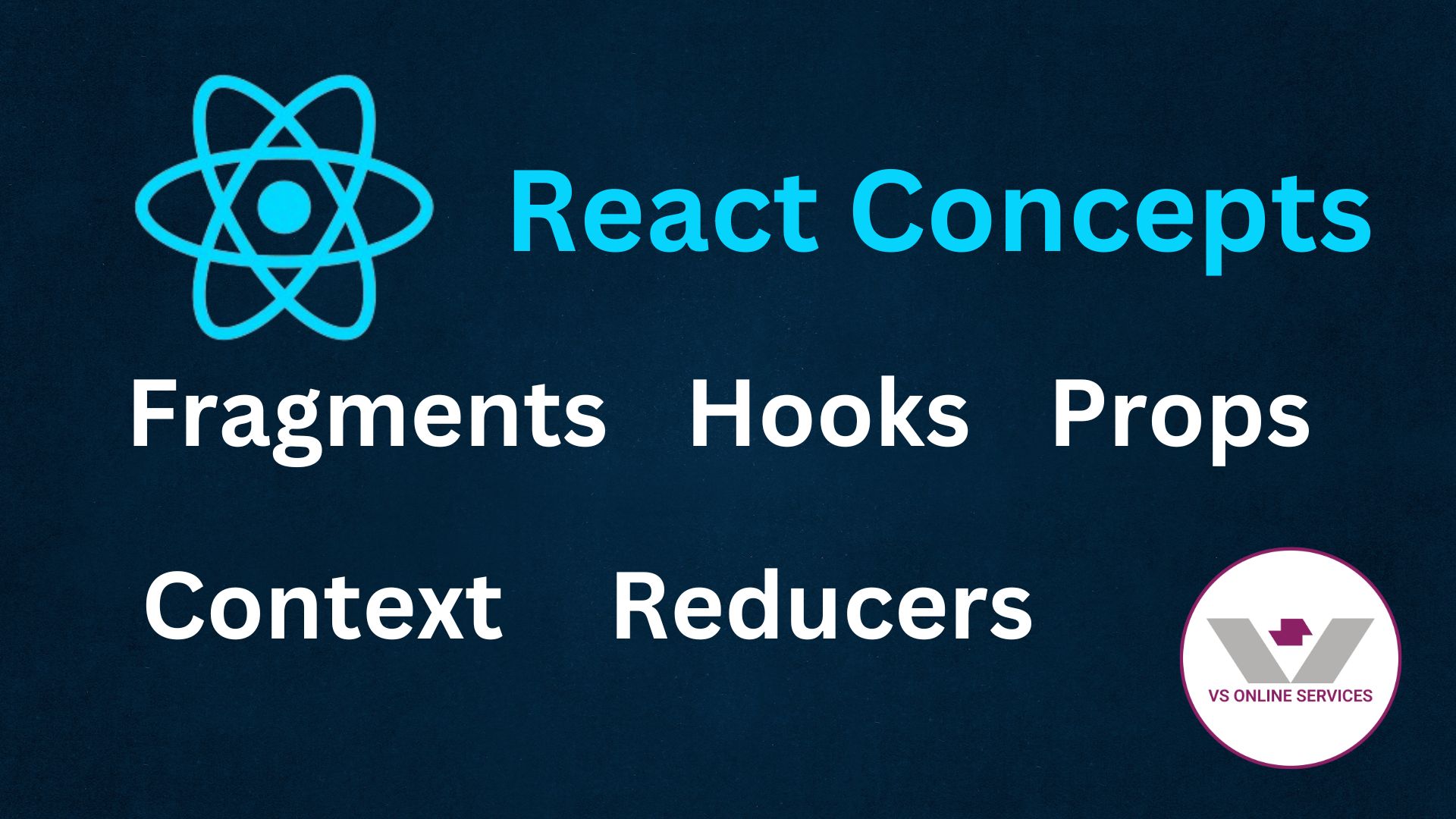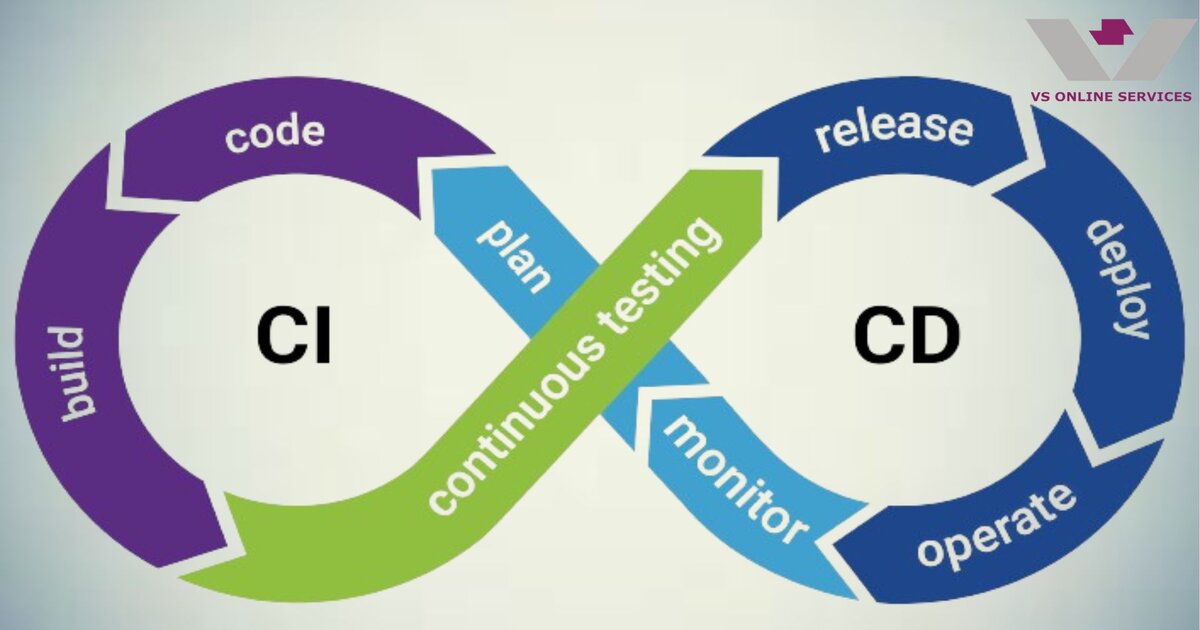15th Sep 2023
Mastering the Art of Software Development: Understanding the Cycle

Software development is often described as a blend of art and science, where creativity meets structured problem-solving. Whether you're a seasoned developer or just starting on your software development journey, understanding the software development cycle is fundamental to achieving success in your projects. In this comprehensive blog post, we will delve into the software development cycle, exploring its stages and offering valuable insights that can empower you on your quest to master this craft.
The Software Development Cycle: An Overview
The software development cycle, also known as the software development life cycle (SDLC), is a systematic process that guides the development of software applications from inception to deployment and beyond. While various SDLC models exist, they all share some common stages that steer the course of a project:
Requirements Gathering and Analysis
This is where it all begins. To create software that meets the needs of its users, you must first understand those needs. During this phase, you engage with stakeholders, gather requirements, and analyze them meticulously. Effective communication and empathy are key here. Stakeholder involvement ensures that you're not just building software; you're solving real-world problems.
- Insight: Requirements are often dynamic and may evolve as the project progresses. Be prepared to adapt and communicate changes effectively with your team and stakeholders.
Planning and Design
Once you have a clear understanding of project requirements, it's time to plan and design the software. This stage involves creating architectural blueprints, selecting the most appropriate technologies and frameworks, and meticulously outlining the project's structure. A well-thought-out project plan is your north star, guiding you through the development journey.
- Insight: Design isn't just about aesthetics; it's about creating a blueprint for functionality and scalability. Take the time to design for flexibility and future growth.
Implementation (Coding)
Now comes the part most people associate with software development: coding. This stage is where lines of code come to life, turning designs into functioning software. Collaboration among team members is crucial, and it's essential to adhere to best practices and coding standards. Consistent testing and code review help maintain code quality.
- Insight: Good code isn't just about functionality; it's about readability, maintainability, and scalability. Write code that your future self (or another developer) will thank you for.
Testing and Quality Assurance
Quality assurance is the bedrock of software development. This phase is dedicated to identifying and rectifying defects, ensuring that the software meets specified requirements, and verifying that it performs as expected. Rigorous testing, including unit, integration, system, and user acceptance testing, is performed to ensure the software's quality.
- Insight: Early testing can catch and fix issues when they are less costly to resolve. Embrace automated testing to streamline the process and ensure reliability.
Deployment
With a well-tested product in hand, it's time to deploy it to the target environment. Deployment involves setting up servers, configuring databases, and ensuring that all dependencies are in place. Careful planning and meticulous testing help minimize downtime and ensure a smooth transition to the production environment.
- Insight: Consider using containerization and orchestration tools like Docker and Kubernetes to simplify deployment and improve scalability.
Maintenance and Support
Software development doesn't conclude with deployment; it enters a phase of continuous improvement and support. Bugs are identified and addressed, updates are implemented, and the software adapts to changing requirements. Regularly scheduled maintenance and support activities are essential to ensuring the software's longevity and reliability.
- Insight: Proactive monitoring and user feedback can provide valuable insights for ongoing improvements. Don't just fix problems; use them as opportunities for growth.
The Art of Iteration
One key aspect of mastering the software development cycle is understanding that it's rarely a strictly linear process. Real-world development often involves iteration. As you progress through the stages, you may uncover new requirements, encounter unforeseen challenges, or receive feedback from users that necessitate adjustments. Agile methodologies, such as Scrum or Kanban, embrace this iterative approach, allowing teams to adapt and improve continuously.
- Insight: Embrace change, iterate often, and see it as an opportunity for progress rather than an obstacle.
The Journey of Continuous Learning and Improvement
To truly master the art of software development, you must adopt a mindset of continuous learning and improvement. The technology landscape is ever-evolving, with new programming languages, frameworks, and tools emerging regularly. Stay up-to-date by exploring the latest technologies, taking online courses, attending conferences, and actively participating in the developer community.
- Insight: Don't just follow trends blindly; evaluate new technologies critically and choose the ones that genuinely improve your workflow and add value to your projects.
Seek mentorship from experienced developers and share your knowledge with others. Engage in forums, contribute to open-source projects, and mentor junior developers. The exchange of knowledge within the developer community is invaluable for personal growth and the advancement of the field.
- Insight: Teaching is a powerful way to solidify your own understanding and learn from others' perspectives.
Conclusion: The Craft of Software Development
In conclusion, mastering the art of software development is akin to honing a craft. It demands technical proficiency, creativity, discipline, and a deep understanding of the software development cycle. By embracing the stages of the SDLC, understanding the importance of iteration, and committing to continuous learning and improvement, you can develop software that not only meets user needs but also stands the test of time. The journey may be challenging, but the rewards are boundless. Happy coding!




